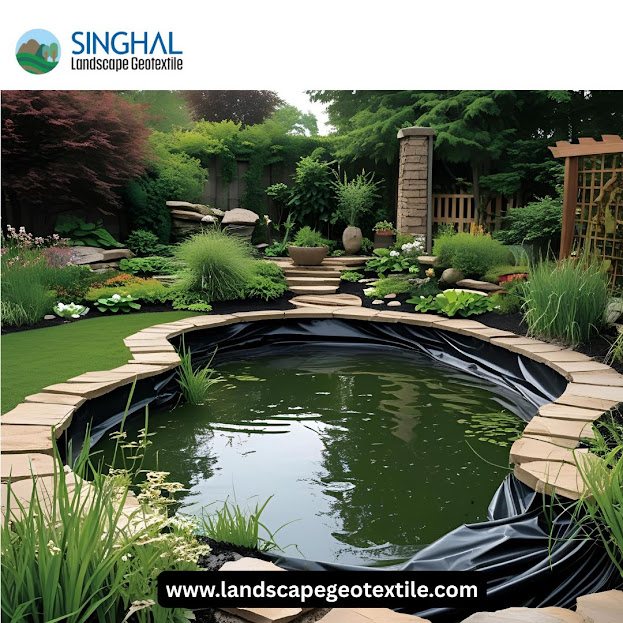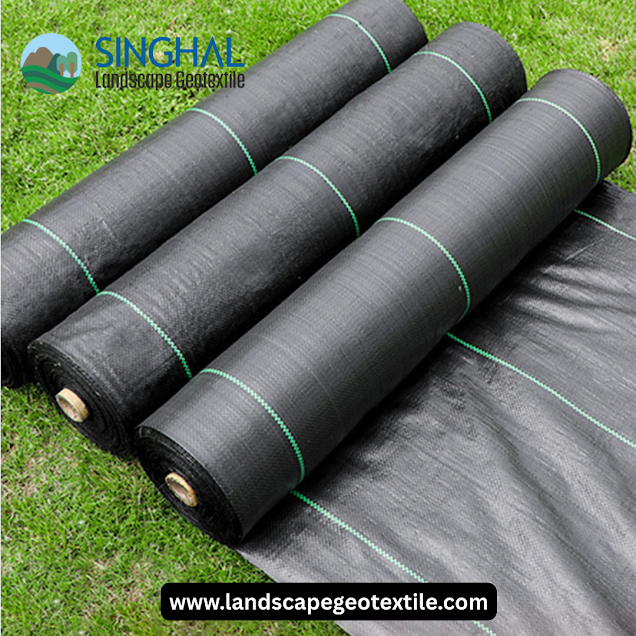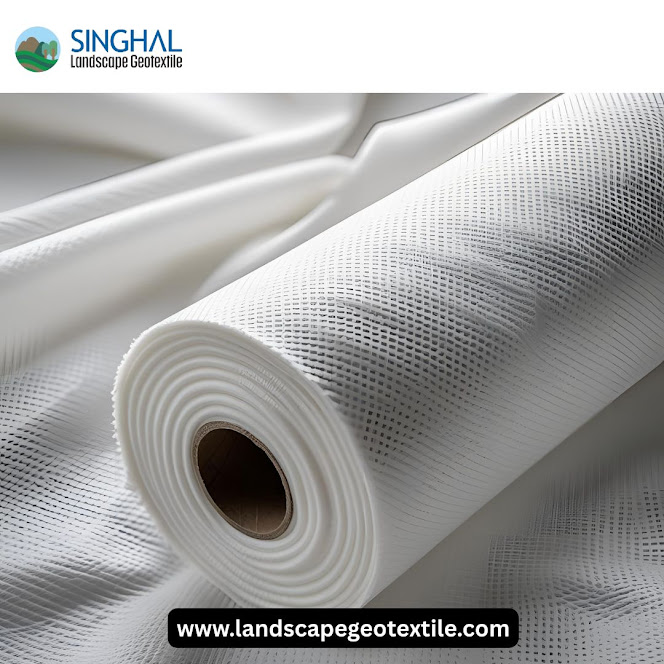PP Spunbond Non-Woven Fabric: The Modern Solution for Versatile Applications
Introduction: The Rising Popularity of PP Spunbond Non-Woven Fabric
There is considerable demand for a wide range of non-woven fabrics; and in a variety of business, industry, and institutional settings, this stable growth in demand is characterized predominantly for its sustainability, cost effectiveness and versatility. The applications for this fabric are vast; including face masks, hygiene products, agricultural (row) covers, industrial filtration, and more. It is lightweight, strong and breathable. As global manufacturing evolves and new fabrication standards develop, manufacturers specializing in PP spunbond non-woven fabrics will receive a heightened responsibility to create high-quality, long-lasting materials for customers with widely differing fabric requirements.
Comprehending PP Spunbond Non-Woven Fabric: Formulation and Production Method
The filaments are then bonded to one another thermally, chemically, or mechanically in order to create the non-woven fabric with the appropriate structure, strength, and stability. With its properties and structure, PP spunbond non woven fabric manufacturer has great filtration barriers and breathability to be used in many applications. Given that the manufacturing process is both precise and consistent, it is important to pick a reputable PP spunbond non woven fabric manufacturer for quality control. Note that while choosing your manufacturer, the properties of the fabric can be customized at the time of manufacture by changing weight, fiber diameter, and bonding methods, just to name very few.
The Significance of the HS Code for PP Spunbond Non-Woven Fabric
It is important to know the PP spunbond non-woven fabric HS code for international trade and customs clearance. The Harmonized System (HS) is a coding system for classifying goods to help streamline the process of importing and exporting. In most cases, PP spunbond non-woven fabric will fall into the HS codes for non woven textiles, and generally, these codes will be around 5603, or similar codes. Having the correct HS code is helpful to the shipping company so they can navigate shipping requirements, declare an accurate price for taxation, and comply with all trade restrictions.
The Manufacturing Landscape in Gujarat: A Hub for Quality PP Spunbond Fabrics
Gujarat has become a prominent location for the manufacture of non-woven fabrics, such as PP spunbond non-woven fabric. There are many manufacturers in the area with superior machinery, well-trained labor, and rigorous quality control systems. These manufacturers must provide fabrics for domestic markets, and they also sell products around the world as they meet international standards. A PP spunbond non woven fabric manufacturer in Gujarat often points to their eco-friendly production strategy, cost-effectiveness and customization, and that is what everyone seems to be looking for. With a location and supply chain that just works – Gujarat is an impressive place to make a nonwoven fabric to help serve industries in medical, agricultural, packaging, and net-apparoll.
Applications and Benefits of PP Spunbond Non-Woven Fabric
The versatility of PP spunbond non woven fabric hs code is seen in the numerous applications in which it can be utilized. In the medical world, produced with barrier and filtration abilities, it is used for surgical gowns, masks, surgical drapes, and sterilization wraps. In the hygiene market, it is heavily used and relies on for baby diapers, sanitary pads, and adult incontinence products. In the agriculture sector, it is used for crop covers, weed control mats, and greenhouse shading applications. Industrially, it is used for filtration media, geotextiles for road applications, and packaging.
Choosing the Right PP Spunbond Non-Woven Fabric Manufacturer
When looking for a PP spunbond non woven fabric manufacturer, quality and reliability must be considered. A good manufacturer would be open and honest about its manufacturing processes with all certifications associated with quality management systems and transparent communication. A good manufacturer would also have manufacturing options that are based on their customers' needs. It is also very important to assess manufacturers for their years of experience in the industry, their wealth of products, and for their ability to meet international standards. Buyers, especially in Gujarat, will benefit greatly from suppliers located locally because of both facilitated communication and duration of delivery.
Conclusion: Embracing the Future of Non-Woven Fabrics
PP spunbond nonwoven fabric is continuing to transform industries across the global as it brings a unique combination of durability, flexibility, and sustainability. As the technology in manufacturing continues to evolve and global demand continues to rise, the need for proven PP spunbond non woven fabric manufacturer in gujarat continues to grow, especially in places like Gujarat.
Frequently Asked Questions
1. What are the main advantages of PP spunbond non-woven fabric over other non-woven fabrics?
PP spunbond non-woven fabric offers superior tensile strength, chemical resistance, and breathability. It is lightweight, cost-effective, and recyclable, making it suitable for a wide range of applications from medical to industrial sectors.
2. How can I find a trustworthy manufacturer of PP spunbond non-woven fabric?
Look for manufacturers with ISO certifications, transparent production processes, positive client references, and compliance with international standards.
3. What HS code does PP spunbond non-woven cloth typically fall under?
Generally, it falls under HS code 5603, which covers non-woven fabrics of synthetic fibers. However, precise classification may vary based on fabric weight, thickness, and intended use, so consulting customs or trade experts is advisable.



.jpg)
Comments
Post a Comment